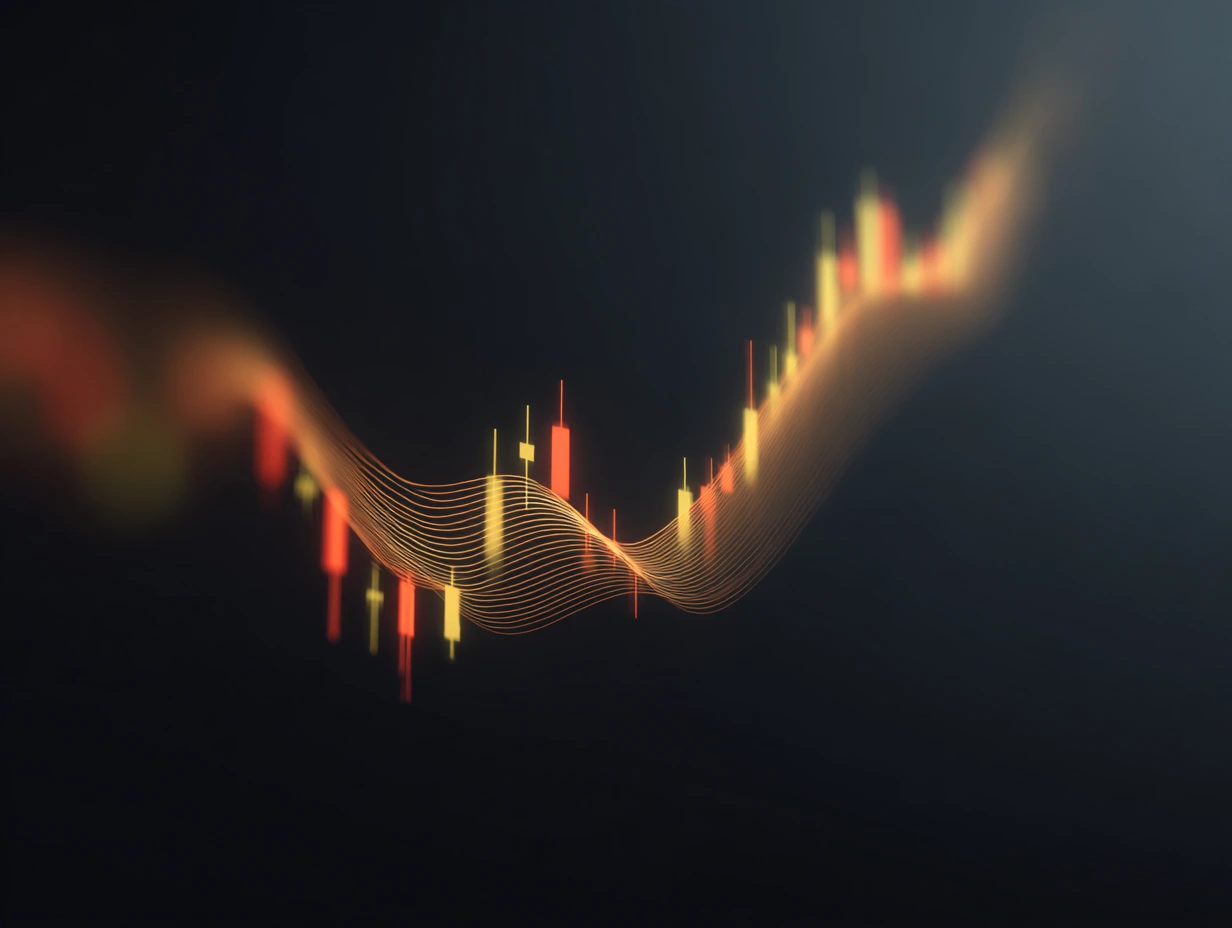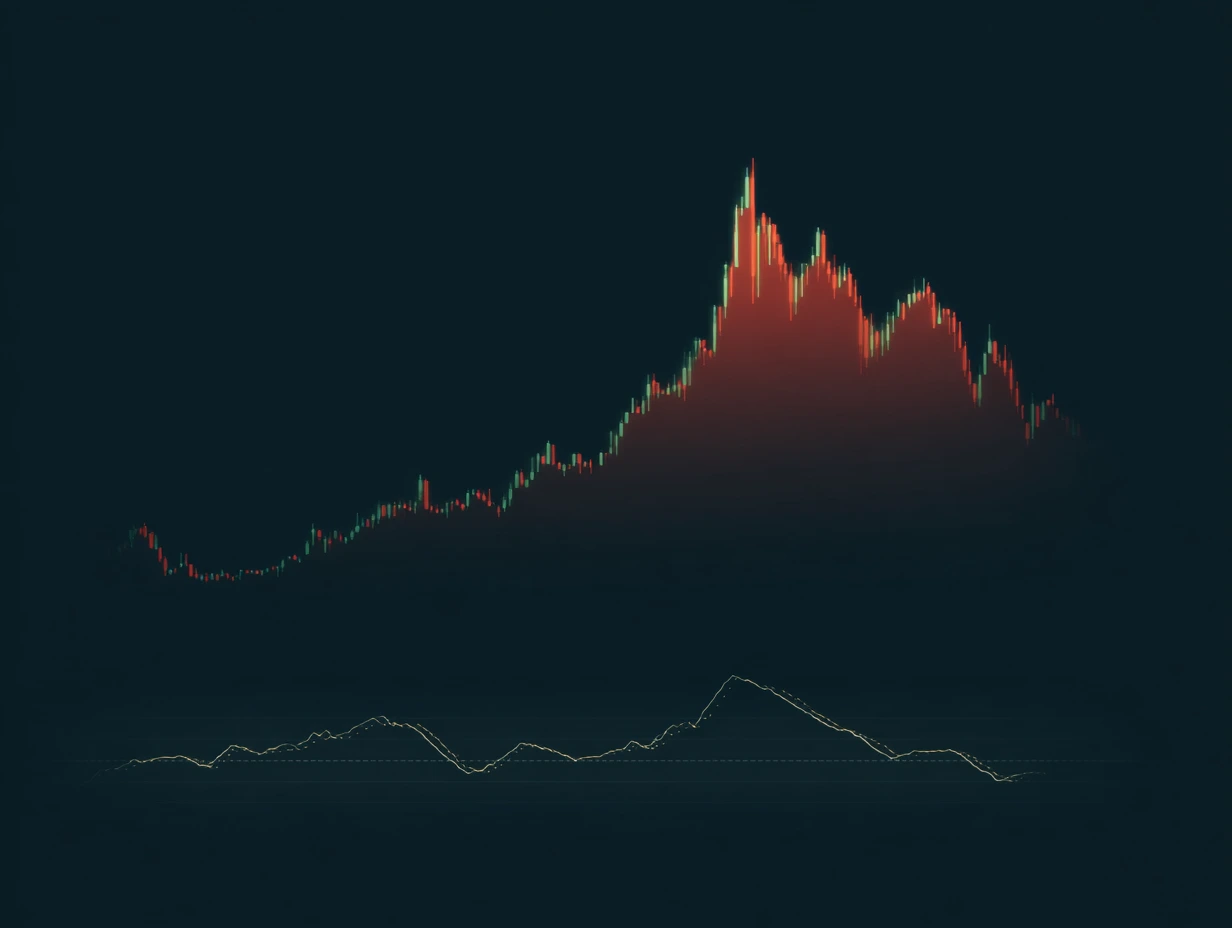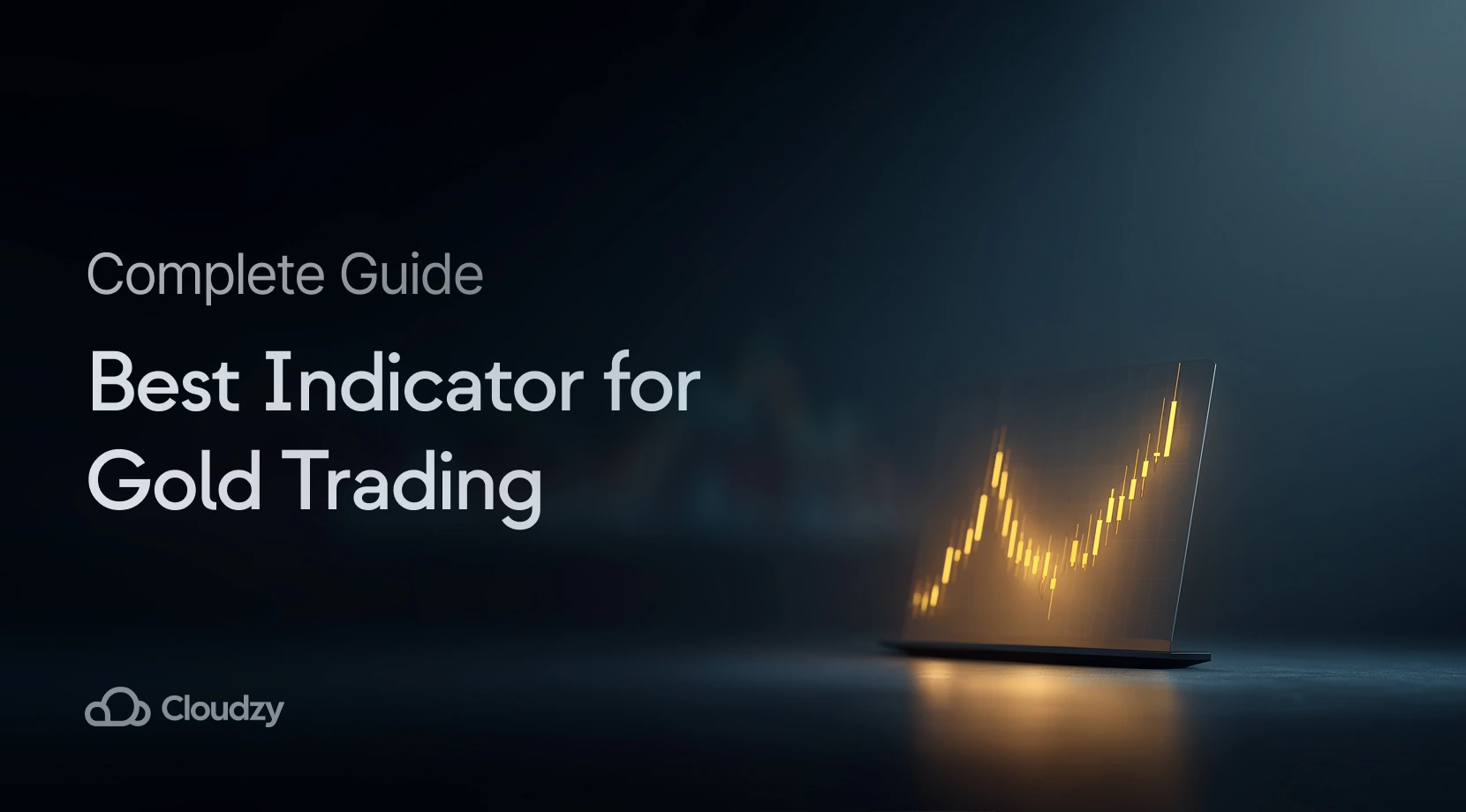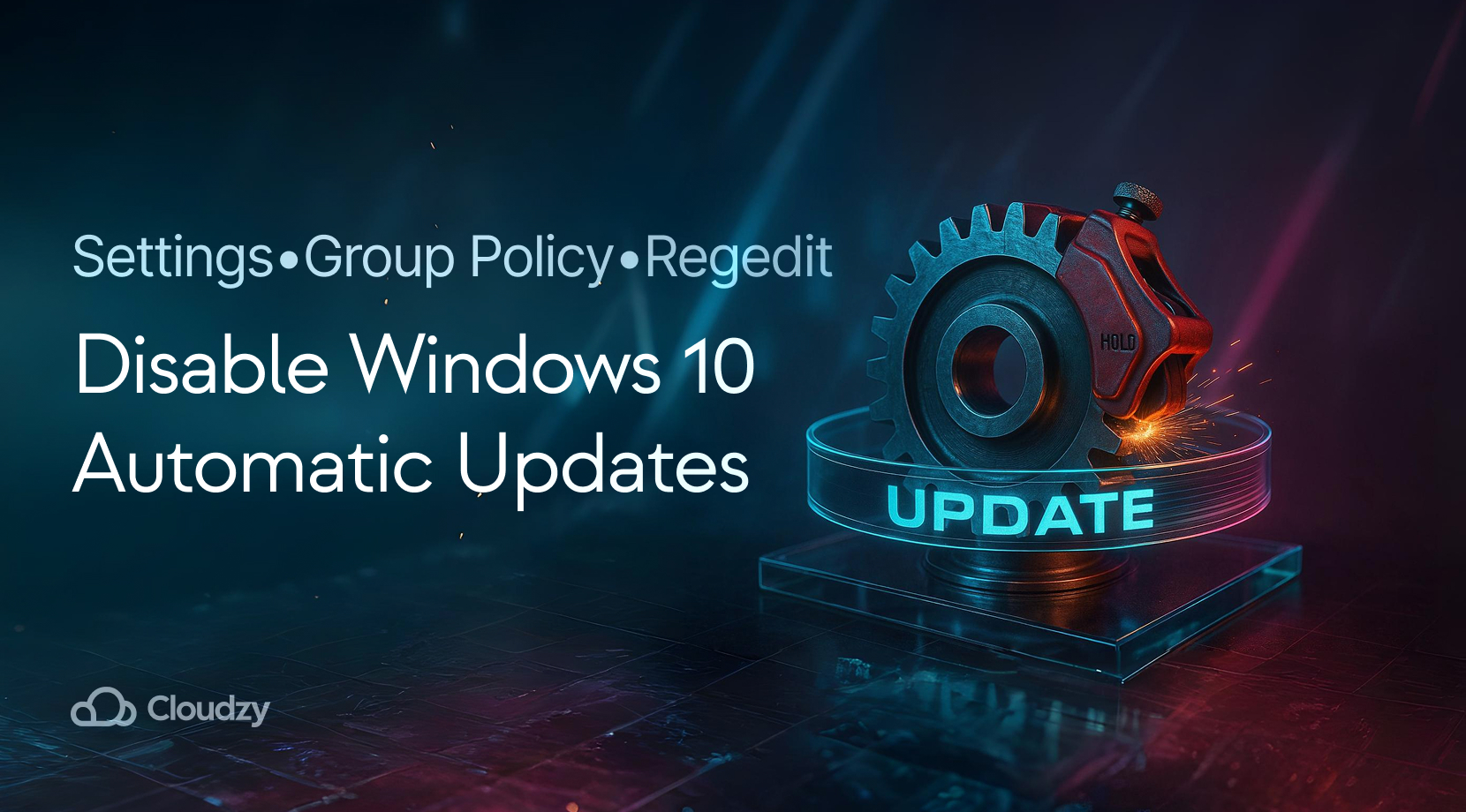Look, here’s the thing about gold trading. There’s no magic bullet indicator that’ll make you rich overnight. But after years of watching traders blow accounts chasing the “perfect” signal, I can tell you that RSI combined with moving averages gives you the best shot at reading gold’s mood swings. With gold’s massive daily trading volume, you need tools that actually work when the market goes crazy.
TL;DR Summary
- No single indicator works perfectly – even the pros get burned sometimes
- RSI with 70/30 levels shows when gold’s getting overexcited or oversold
- Moving average crossovers signal trend changes, but they lag (that’s life)
- MACD catches momentum shifts before they become obvious
- Bollinger Bands squeeze before gold makes violent moves
- Volume tells you if the big money is actually behind the move
Why Gold Trading Needs Specialized Indicators

Gold isn’t your typical forex pair – it’s moody, unpredictable, and has this annoying habit of doing the opposite of what you expect during news events. I’ve watched perfectly good EUR/USD strategies get destroyed when applied to XAU/USD because gold marches to its own drummer.
The yellow metal freaks out over Fed speeches, loves chaos, and couldn’t care less about your technical analysis when Putin starts making threats. Unlike currencies that respond predictably to interest rate changes, gold goes haywire over inflation fears, dollar strength, and whether some central banker had coffee or tea for breakfast.
Weekend gaps? Gold laughs at your stop losses. That’s why you can’t just copy-paste your regular forex approach and expect it to work.
Key Factors That Affect Gold Prices
Before diving into indicators, you need to understand what actually moves gold prices, because even the best technical setup can get steamrolled by fundamentals.
The Federal Reserve is gold’s biggest enemy and best friend, depending on the day. Rate hikes usually crush gold, but if they hint at dovish pivots, watch out. Then there’s the dollar – when DXY strengthens, gold typically gets punched in the face, though sometimes it shrugs off dollar strength completely just to mess with your head.
Central banks have been hoarding gold like it’s going out of style, creating this underlying bid that can catch bears off guard. And don’t get me started on geopolitical events – one missile strike and your technical analysis becomes toilet paper.
| Gold vs. Traditional Forex Drivers | Gold (XAU/USD) | Major Currency Pairs |
| Reaction Speed | Instant panic or euphoria | Gradual trend development |
| News Sensitivity | Overreacts to everything | More measured responses |
| Weekend Behavior | Gaps like crazy | Relatively stable |
| Logic Factor | Often defies logic | Usually follows economic theory |
Top Technical Indicators for Gold Trading in 2025

Here are the indicators that actually work when gold decides to behave (and sometimes when it doesn’t).
1. Relative Strength Index (RSI) – Your Best Friend and Worst Enemy
RSI measures how fast gold is moving and whether it’s getting ahead of itself. On a scale of 0 to 100, it’s pretty straightforward – above 70 means buyers are getting greedy, below 30 means sellers are panicking.
The Reality Check: RSI above 70 doesn’t automatically mean “sell” – I’ve seen gold stay overbought for weeks during bull runs. But when you see divergence (gold making new highs while RSI doesn’t), that’s when things get interesting.
What Actually Works: Use 14-period RSI, but bump the levels to 75/25 during volatile periods because gold loves to stay “overbought” longer than your account can stay solvent. Look for RSI turning down from extreme levels rather than just hitting them.
2. Moving Averages – Simple but Deadly Effective
Moving averages are like trend lines for people who can’t draw straight lines. They smooth out the noise and show you what’s really happening underneath all the chaos.
The Golden Cross Magic: When the 50-day MA crosses above the 200-day MA, that’s a golden cross – historically bullish for gold. The opposite (death cross) usually means trouble ahead, though sometimes gold ignores it completely because, well, it’s gold.
Real Talk: Use 20 and 50 EMAs for day trading, 50 and 200 SMAs for longer-term direction. EMAs react faster but give more false signals – pick your poison.
3. MACD – The Momentum Detective
MACD shows the relationship between two moving averages and catches momentum changes before they become obvious to everyone else. It’s like having a crystal ball, except it works maybe 60% of the time.
The Setup: When MACD line crosses above the signal line, momentum is building up. When it crosses below, the party’s probably over. The histogram shows how strong the move is.
Pro Tip: MACD works great until it doesn’t. During choppy markets, you’ll get whipsawed harder than a weather vane in a tornado. That’s why you never use it alone.
4. Bollinger Bands – The Squeeze Play
Bollinger Bands show you when gold is getting too comfortable in a tight range and preparing for violent moves. When the bands squeeze together, something big is usually coming.
The Strategy: Tight bands mean low volatility – gold is coiling up like a spring. When bands start expanding with a breakout, that’s your signal to pay attention. Bollinger Bands gold setups work best when combined with volume confirmation. Price touching the upper band doesn’t always mean sell – during strong trends, gold can ride the upper band like a surfboard, creating powerful gold breakout signals for continuation moves.
Reality Check: Band squeezes can last forever, and breakouts can be fake. Always confirm with volume.
5. Volume – The Truth Detector
Volume separates real moves from head fakes. Rising prices on weak volume usually don’t last, while strong volume backing a move means the big players are involved.
What to Watch: Look for volume spikes during breakouts. If gold breaks resistance on the 27 million ounces of daily futures volume, that’s real. If it breaks on half the normal volume, be suspicious.
Best Indicator Combinations for Gold Price Accuracy
Here’s where it gets tricky – combining indicators without creating a system so complicated that you can’t trade it. I’ve seen traders with so many indicators that their charts look like a Christmas tree, and they can’t make a decision to save their lives.
The KISS Approach: RSI + 50-day MA is your bread and butter. When RSI drops below 30 while price stays above the moving average, you’ve got a high-probability long setup. Not guaranteed, but better odds than flipping a coin.
For the Aggressive Types: MACD bullish crossover + Bollinger Band breakout + volume confirmation. When all three align, gold can move $50-100 pretty quickly. Just remember – the more confirmations you need, the fewer trades you’ll take.
The Volume Rule: Never trade a breakout without volume backing it up. I don’t care how pretty your setup looks – if volume isn’t there, it’s probably fake.
Gold Day Trading vs. Swing Trading: Do Indicators Differ?

Day trading gold is like trying to catch a tiger by the tail – exciting but dangerous. Swing trading is more like hunting deer – requires patience but less likely to maul you.
Day Trading Reality:
- Use 5-15 minute charts with 9-period RSI for faster signals
- Moving averages become support/resistance levels
- Volume spikes matter more than anything else
- Best indicators for day trading include short-term momentum tools
Swing Trading Sanity:
- Daily charts with standard 14-period RSI
- Focus on weekly trends, ignore daily noise
- Best indicators for swing trading emphasize longer-term patterns
- More forgiving when you’re wrong
| Trading Style Comparison | Day Trading | Swing Trading |
| Stress Level | Maximum cardiac workout | Manageable anxiety |
| Screen Time | All day, every day | Check twice daily |
| Profit Target | $20-40 per move | $100-200 per swing |
| Mistake Tolerance | Zero – you’re dead | More forgiving |
Using a Trading VPS for High-Precision Gold Trades

Gold moves fast, and when it moves, every millisecond counts. That’s where a low-latency trading VPS for gold traders becomes your secret weapon, especially when you’re scalping those quick moves.
During NFP releases or Fed announcements, gold can gap $20-30 in seconds. If your internet hiccups or your platform freezes, you’re done. VPS keeps you connected to the markets 24/7, executing your RSI alerts and MACD signals even when you’re sleeping.
The math is simple: better execution = more profit. Professional traders don’t mess around with retail internet connections when real money is on the line. The ability to buy VPS with crypto adds another layer of privacy for serious operations.
Get a Bitcoin VPS, which lets you pay for your virtual server with Bitcoin and other major cryptocurrencies. Flexible, Secure Payment
Flexible, Secure Payment
Real Performance Impact: Faster fills during volatile periods, automated indicator monitoring, and protection against the inevitable technical failures that happen at the worst possible moments.
Give yourself a better chance at the Forex market by hosting your trading platform right next to your broker. Want to Improve your Trading?
Want to Improve your Trading?
Final Thoughts: Optimize Your Gold Strategy with the Right Tools
Trading gold successfully isn’t about finding the perfect indicator – it’s about understanding that markets are messy, indicators fail, and even the best setups don’t work sometimes. Finding the best indicator for gold trading requires accepting that no single tool provides all the answers, but RSI and moving average combinations give you a solid foundation.
Remember that best trading indicators work until they don’t, and understanding how to trade gold in forex market context requires accepting that gold doesn’t always follow the rules. Economic events can make your technical analysis worthless overnight, so always have an exit plan.
Professional traders often combine multiple timeframe analysis with futures trading indicators when developing comprehensive strategies. The forex market’s $7.51 trillion daily volume includes massive gold flows, but don’t let that fool you into thinking it’s predictable. Stay humble, manage risk, and remember that the market doesn’t care about your mortgage payment.
Focus on different timeframes if you’re trading futures, but understand that spot gold and futures can diverge during volatile periods. The key is consistency, not perfection.


